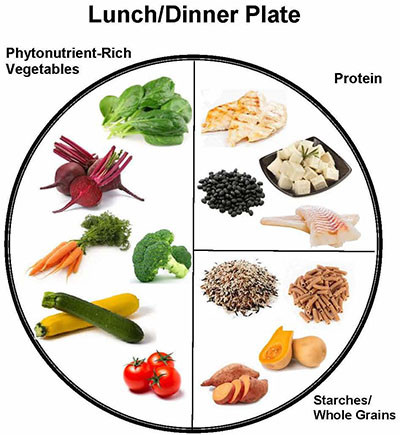Heart disease risk: Partnering on lifestyle change can help

After a heart attack, changing longstanding behaviors that affect heart health can be challenging. Many people have developed habits over 20, 30, or 40 years that are ingrained and can take a significant effort to modify. Does having a partner who is supportive and participatory help? A recent study demonstrated it can.
The RESPONSE-2 Trial is a lifestyle intervention study that enrolled patients with coronary artery disease. More than 800 study participants were randomized into either a nurse-coordinated referral of patients and their partners to three widely available community-based lifestyle programs, or to usual care. The community-based intervention programs targeted weight reduction, increasing physical activity, and smoking cessation. Both the intervention and control groups continued to receive visits to their cardiologist, participate in cardiac rehab programs, and attend general counseling sessions on healthy lifestyles, risk factors, and medication adherence. Success was defined as improvement in one of the three risk factors without deterioration in the other two after 12 months.
Results showed the proportion of successful patients who improved at least one of the lifestyle risk factors was 37% in the intervention group compared with 26% in the control group. Weight loss was the most successful component, with almost two times the number of patients achieving significant weight loss (at least 5% of starting weight) in the intervention group compared to the control group. Patients whose partner participated in the community-based program had the highest proportion of success.
Modifiable lifestyle risk factors for heart disease
It is well established that obesity puts you at risk for high cholesterol, elevated blood pressure, and type 2 diabetes — all factors that increase the risk for cardiovascular disease. By managing your weight through physical activity and healthy eating, you can reduce these risk factors, and thus decrease heart disease risk.
How can a partner help?
There are many challenges to improving our diet: what we eat, how much we eat, and where we eat, to name a few.
What we eat: What is put on the table will translate into what we eat. A partner can develop a shopping list with you to determine what is brought into the house. You can create a menu together that is consistent with healthy eating guidelines. Limiting food brought into the house that is not heart-healthy can play a major role in someone's success. Once food is readily available, it is even more challenging for someone trying to modify their food intake. Making sure there are plenty of vegetables, fresh fruit, and lean protein, along with healthy fats, some low-fat dairy, and whole grains, can contribute to your success.
How much we eat: Some people may eat mostly healthy foods, but they eat too much and therefore may struggle with their weight. A partner can help support you in preparing a reasonable amount of food so that there are not many leftovers. When plating food, you and your partner can use the "balanced plate" guidelines of 1/2 the plate with lower-calorie vegetables, 1/4 plate with lean protein, and 1/4 plate with whole grains or a healthy starch.

Where we eat: Prior to the pandemic, Americans allocated a fair amount of their food dollar to consuming food away from home — as takeout, fast food, and in restaurants. With the shutdown of many establishments in 2020 and early 2021, cooking at home rose significantly. However, now that dining out has reopened, many Americans are resuming pre-pandemic habits. This can result in some meals being higher in overall calories, saturated fat, and sodium than home-cooked meals. A partner can help in the decision regarding how often and where to eat out. In addition, a partner can help choose restaurants where healthy options are readily available.
Tips on healthy eating out
Don't start out famished. Skipping meals or starving yourself can cause you to overeat! You may also find it difficult to avoid all those tempting foods.
Don't feel like you have to eat everything on your plate. Send back what you don't want. Better yet, bring it home in a doggy bag and you'll enjoy the meal twice as much.
Avoid nibbling. Listen to your body when it tells you it's full. Have the waiter or wait staff remove extra food from the table. The longer it stays, the more apt you will be to nibble.
Eating is not meant to be a race. Eating too fast can lead to overeating, as it takes 20 minutes for your body to know it's full. So, take your time, put your fork down between bites, and focus on the social aspect of eating.
Order a la carte. Who says you must order an entree? Make your own. You can choose any combination of appetizers, soups, salads, and side dishes. This allows more variety, and gives you more control over what and how much you eat.
Longstanding habits are hard to change, but you can make small changes every day. A partner who is willing and able to support you in the change process may be a helpful resource for your success.
About the Author

Katherine D. McManus, MS, RD, LDN, Contributor
Disclaimer:
As a service to our readers, Harvard Health Publishing provides access to our library of archived content. Please note the date of last review or update on all articles.
No content on this site, regardless of date, should ever be used as a substitute for direct medical advice from your doctor or other qualified clinician.















